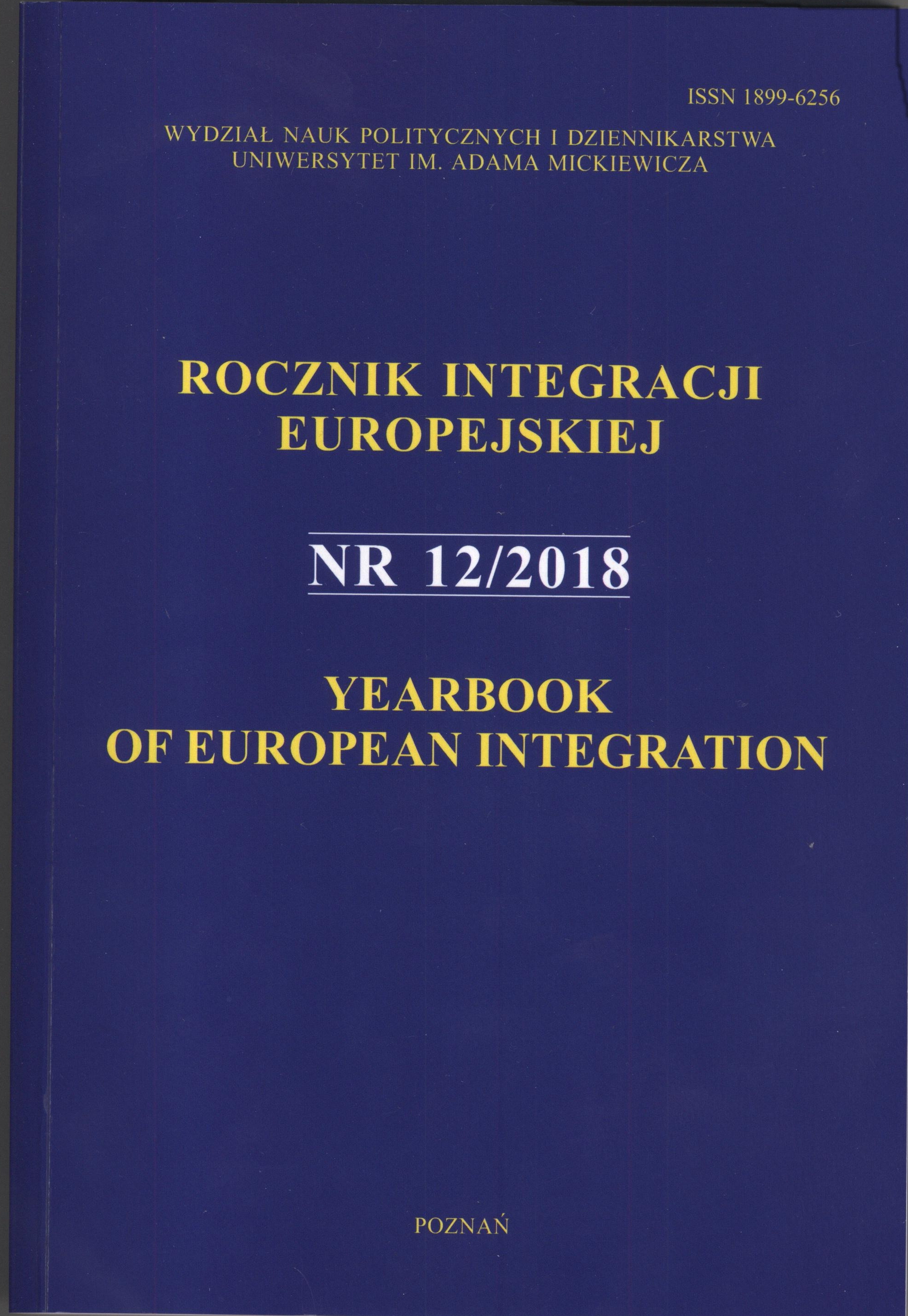Skuteczność reform UGiW w kontekście zagrożeń stabilności strefy
Effectiveness of EMU reforms in the context of stability threat of the area
Author(s): Katarzyna ŻukrowskaSubject(s): Sociology, Economic policy, EU-Approach / EU-Accession / EU-Development
Published by: Uniwersytet Adama Mickiewicza
Keywords: EMU;EMU reforms;banking union;SSM;SRM;EDIS;RRM;
Summary/Abstract: The arrticle talks about reforms conducxted within EMU their contents and scope what is followed by discussion the reforms caused. EMU was launched without carrying through integration within the internal market. That could have been approved as a starting point for a new, higher level of integration in 1992. Nevertheless, it is difficult to accept such a situation to start further deepening of integration after over a quarter of century. Introduced reforms can be seen as solution gluing together states which are in EMU but at the same time it introduces a divide among them as well as among the outsiders. It is clear that the introduced solutions bring more stability and security to the capital and banking markets with introduction of new requirements but at the same time they do not eliminate possibilities to rise budget deficits or radical limitation of public debt in states, which at the starting point to EMU had surpassed approved convergence criteria. Despite some positive symptoms resulting from EMU reforms, economists evaluate the introduced changes with relatively limited enthusiasm. In general, the reforms were supposed to integrate closer the European states by closer convergence of the macro-parameters. It was also seen as a tool changing the value of dollar exchange rate and the role of dollar in international relations. Only part of the external goals was reached.
Journal: Rocznik Integracji Europejskiej
- Issue Year: 2018
- Issue No: 12
- Page Range: 161-170
- Page Count: 10
- Language: Polish

